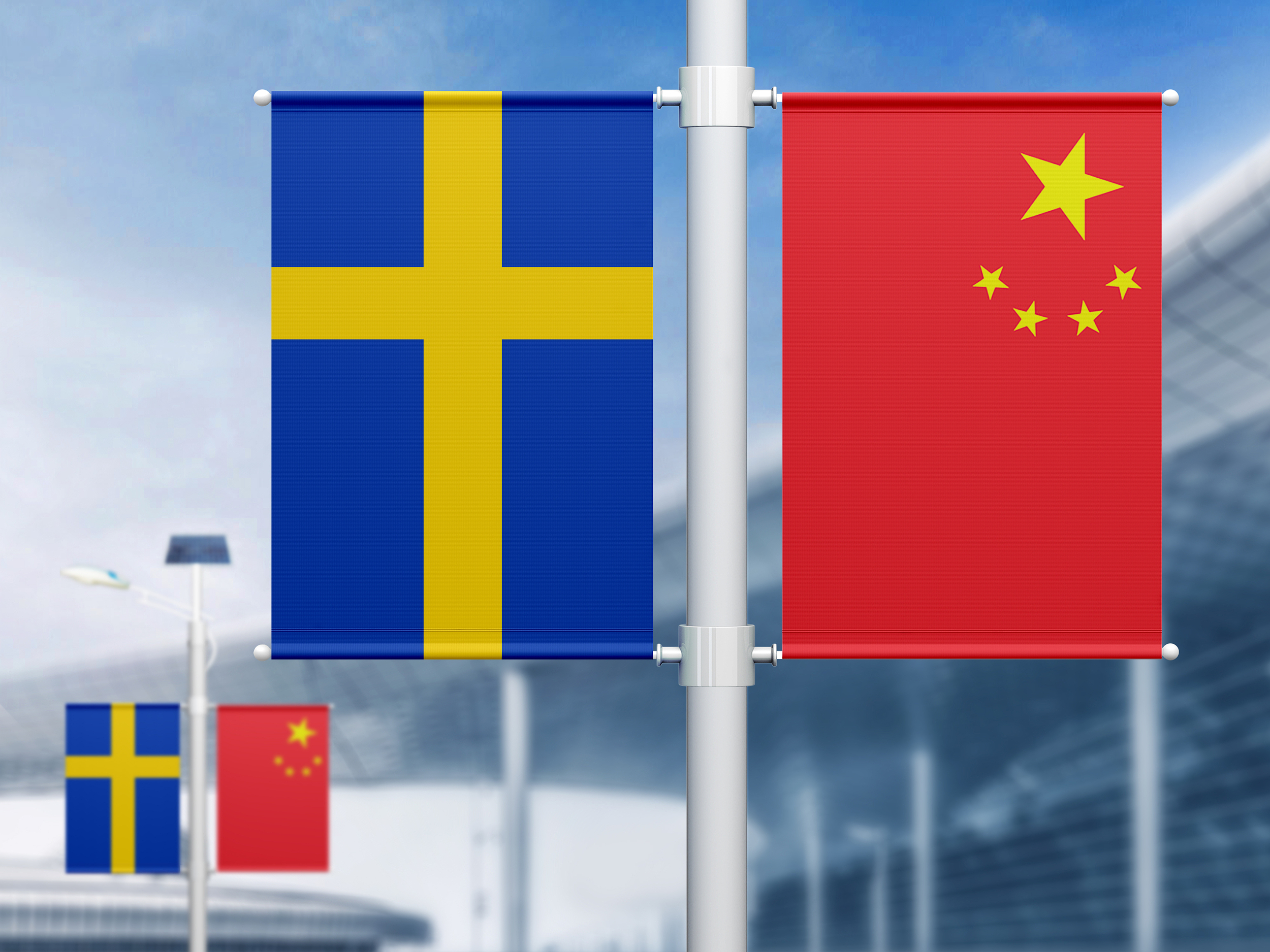Stronger China-Sweden Sci-tech Cooperation for Global Well-being

(PHOTO: VCG)
By CUI Aimin
Recently, I've read a story that a Nobel laureate introduced about a special map of innovation. Each time a research was completed, he would express gratitude to all the team members in the laboratory, sometimes not only by announcing their names, but also taking out a world map and marking their birthplaces on it with pins. He exclaimed that such a map was quite spectacular, reflecting the rich geographical diversity of the team members who were from Asia, Europe and the Americas.
This anecdote shows that science has no borders. Major sci-tech innovation achievements have never been created by a single country or team alone, but are the results of international cooperation.
China and Sweden are similar in terms of innovation. Sci-tech innovation infused China's modern industrial system with strong vitality. In recent decades, China's innovation capability has achieved leapfrog development.
China climbed to the 12th place on WIPO's Global Innovation Index 2023, rising by more than 20 places in the past decade. Scientific research papers published by Chinese researchers accounted for 24.6 percent of the global total, and the number of valid Chinese patents reached 4.8 million, both ranking first in the world.
China has made a number of significant original innovations with international influence in the fields such as quantum technology, stem cells, and brain-like chips.
Sweden is a leading country in sci-tech innovation. It has been top-ranked in the Global Innovation Index and the EU innovation scoreboard for years, maintaining a leading position in multiple fields such as life sciences and advanced manufacturing. It is one of the earliest countries in the world to implement environmental protection and to introduce the concept of sustainable development. Leading environmental products and technologies such as fossil-free steel, waste recycling and reuse, and sustainable energy from renewable sources have contributed to Sweden's sustainable development.
In the past decade, sci-tech innovation cooperation between Sweden and China has grown rapidly.
China has become one of Sweden's most important scientific research partners. Shortly after the outbreak of COVID-19, 50 experts from the two countries quickly set up a joint research and treatment team to conduct multicenter international clinical trials. The leading life-science research institutes of both countries have been deepening cooperation in clinical treatment and disease research to jointly address global health challenges and make greater contributions to global health.
Both countries’universities and research institutions have been actively cooperating and exchanging personnel in natural sciences, engineering technology, especially environmental protection, smart cities and clean energy.
In recent years, the number of papers they have jointly published has doubled, and the impact factor has grown. Several technologies developed through joint research have become world-leading. The new solar energy storage and power generation system developed by China and Sweden can store the captured solar energy up to 18 years and convert it into electricity.
China is also one of the key collaborators of Swedish research funding agencies. The research fundations of the two countries have deepened policy dialogue and exchanges, jointly promoting R&D of high-quality sci-tech innovation achievements.
The cooperation in scientific and technological industries between the two countries has continued to expand and unleash new vitality, making contributions to the global reduction of emission and the carbon footprint, while promoting sustainable development.
Atlas Copco, AstraZeneca, Scania trucks, Sandvik and many other large Swedish technological manufacturing enterprises have invested in setting up factories and establishing R&D centers in China. A series of investment and cooperation projects have been successfully established in the fields of automobile manufacturing, energy conservation and environmental protection and smart cities.
Sweden's leading enterprises in new energy and new materials have accelerated their cooperation with Chinese firms. Scientific and technological cooperation in clean energy is burgeoning. The China-Sweden Hammarby Eco City Alliance has set up its first ecological city pilot in Yantai, China’s Shandong province.
China has launched the Global AI Governance Initiative, upholding the principles of mutual respect, equality, and mutual benefit in AI development. The country for the first time proposed the International Science and Technology Cooperation Initiative, advocating and practicing the concept of open, fair, just and non-discriminatory international cooperation in science and technology.
Sweden also attaches great importance to international scientific and technological cooperation, continuously enhancing the internationalization of scientific research and encouraging researchers to engage in international exchange, responding to global challenges and economic and social development demands with high-level scientific research.
China and Sweden coincided with each other on the policy of expanding international sci-tech cooperation and improving the common well-being of the two peoples through science, technology and innovation.
It is expected that in the future, more researchers, experts, scholars, business leaders and entrepreneurs from China and Sweden will become friends and partners, promoters, participants and leaders of innovation cooperation between the two countries, to jointly explore the rich mine of innovation, create more practical achievements, and enhance the common well-being of entire humanity.
Cui Aimin is the Chinese ambassador to Sweden.






